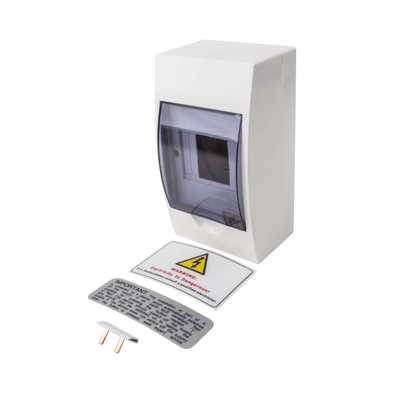- Joined
- 28 Feb 2022
- Messages
- 83
- Reaction score
- 3
- Country

i am a little confused about mostly testing of sub circuits this is what i get so far and i am basing this off of a shower sub circuit that has a shower cu with a 30ma rcd and a 40a mcb ;; also at the original board there is also a 40a mcb.:
you have to test ze at origin of board, then you basically need to find the r1+r2 and Insulation resistance of the cable that goes from the breaker in the original cu to the top of the rcd terminals in the new board. this is written down as the tests for original board circuit.
once this has been completed you need to start a new collum with the new board. for this you need to test zs or ze at this board which is called zdb but why are you doing this, is this the zs of the cable that goes from origin board to new board?after this you can then test r1+r2, IR, RCD and Zs for the shower circuit in the new board.
is this correct or am i missing key information?
thanks.
you have to test ze at origin of board, then you basically need to find the r1+r2 and Insulation resistance of the cable that goes from the breaker in the original cu to the top of the rcd terminals in the new board. this is written down as the tests for original board circuit.
once this has been completed you need to start a new collum with the new board. for this you need to test zs or ze at this board which is called zdb but why are you doing this, is this the zs of the cable that goes from origin board to new board?after this you can then test r1+r2, IR, RCD and Zs for the shower circuit in the new board.
is this correct or am i missing key information?
thanks.

